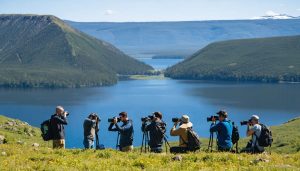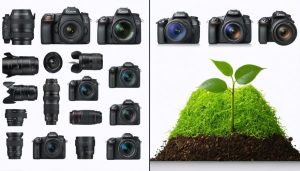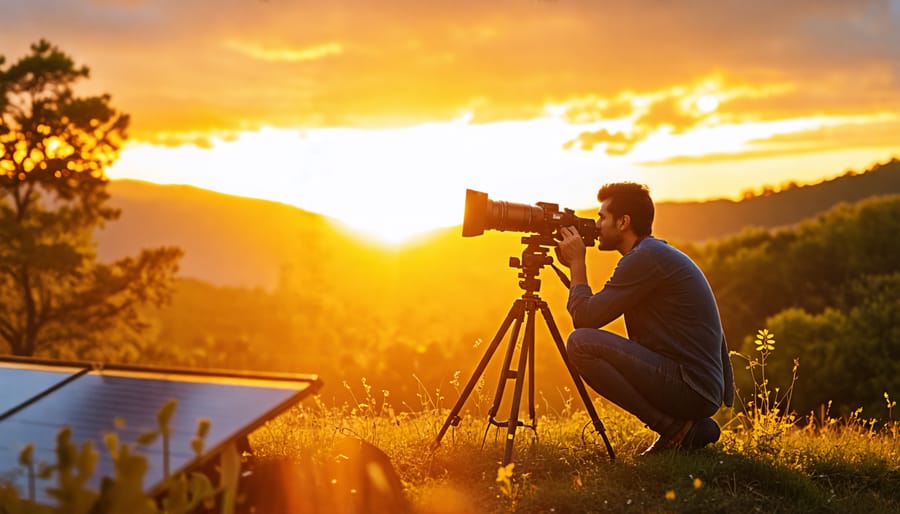
Invest in energy-efficient equipment by choosing cameras and accessories with certifications like Energy Star, reducing energy consumption during shoots. Embrace digital workflows to minimize waste; use cloud storage and digital proofs instead of physical prints to cut down on paper and chemical pollutants. Opt for sustainable materials when printing or framing artwork, selecting recycled or sustainably sourced paper and frames to support eco-friendly practices. Incorporate renewable energy sources such as solar panels or solar-powered chargers for on-location shoots to significantly lower your carbon footprint.
Eco-Friendly Camera Gear Choices
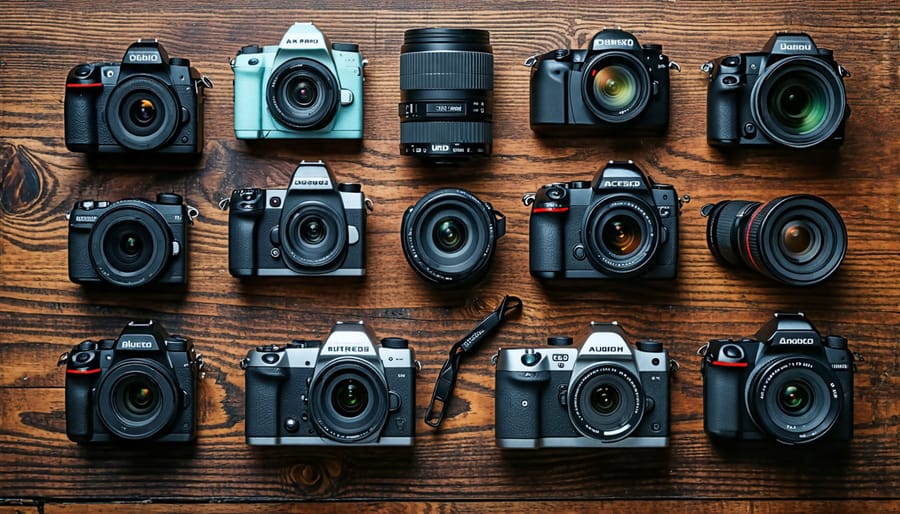
Choosing Sustainable Camera Bodies
In today’s environmentally-conscious world, selecting a sustainable camera body can significantly impact your carbon footprint. Some brands are stepping up, prioritizing eco-friendly practices in their manufacturing processes. For instance, Nikon has developed models that incorporate recycled plastics, reducing waste while maintaining high performance standards. Canon, another industry leader, not only focuses on innovation but also champions sustainability by designing their equipment to be energy-efficient and easy to recycle. Even more budget-friendly options are available if you’re looking for cost-effective cameras that don’t compromise on green credentials. Meanwhile, Sony has introduced initiatives like their “Road to Zero” program, aiming for zero environmental impact throughout their product’s lifecycle. By choosing brands committed to sustainable practices, photographers can contribute to a healthier planet without sacrificing quality or performance. Exploring these options allows you to invest in equipment that’s aligned with your environmental values, supporting a growing movement towards greener photography.
Environmentally Conscious Lens Options
When it comes to photographing the world around us, choosing lenses crafted with sustainable practices can make a significant impact on the environment. Companies are increasingly turning to eco-friendly materials and streamlined manufacturing processes to produce lenses that are both high-quality and environmentally conscious. For instance, some manufacturers are reducing the use of harmful chemicals and opting for recyclable materials, ensuring that lenses, when they’re no longer usable, don’t end up polluting landfills. These changes might seem small, but collectively, they contribute to a healthier planet.
Moreover, selecting the right lens lineup options that prioritize sustainability without compromising performance helps you tread lightly on our planet. By opting for brands that transparently share their sustainable practices, photographers can make informed choices that align with their values. Imagine capturing breathtaking landscapes, knowing your gear reflects your commitment to preserving such beauty for future generations. As the industry strides forward, these eco-conscious lenses ensure your photography not only captures remarkable images but also supports a sustainable future.
Sustainable Practices During Photoshoots
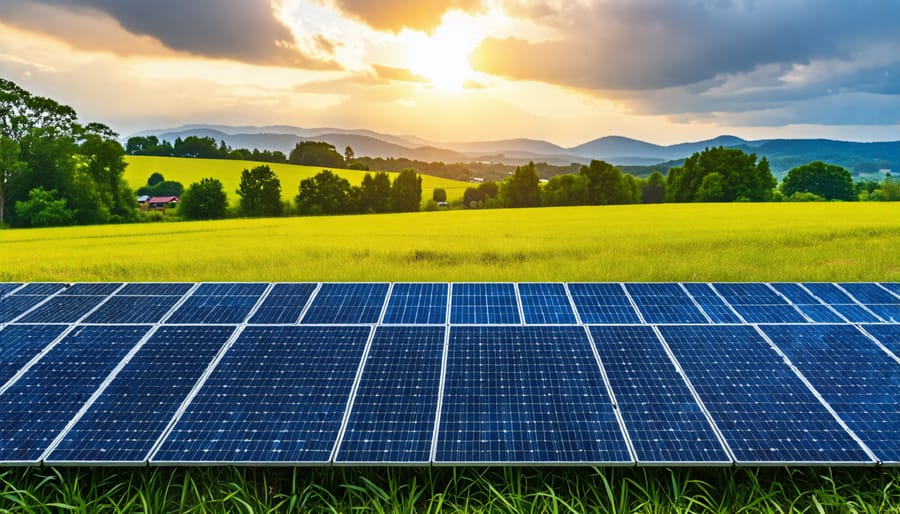
Green Energy Utilization
Incorporating green energy into photography shoots is both creative and rewarding. Imagine setting up for a sunset shoot with solar-powered lighting kits—no noisy generators and a smaller carbon footprint. More and more photographers are exploring the eco-friendly benefits of renewable energy; it’s not just about being kind to the planet but also about the freedom and flexibility these technologies provide.
Solar panels are now lightweight and efficient, making them easy to incorporate into a photographer’s gear. Picture using solar lights for a nighttime landscape shot or a dynamic portrait session; they offer consistent lighting conditions and can be surprisingly powerful. For on-the-go photographers, there are portable solar chargers that keep cameras, drones, and laptops powered, ensuring you’re always ready to capture that perfect moment without the worry of running out of battery.
These innovations don’t compromise quality either. Professionals and hobbyists alike testify that solar-powered equipment seamlessly integrates with their existing setups, providing both reliability and sustainability for their creative pursuits.
Reducing Waste on Set
When aiming for sustainable practices in photography, one of the most impactful measures is reducing waste on set. Begin by integrating reusable props into your routine. Instead of purchasing new items for every shoot, build a versatile collection of props that can be customized for different themes. This not only minimizes waste but also saves money and sparks creative ideas for creative shots. Additionally, embrace digital workflows by committing to paperless processes. Utilize tablets for shot lists and apps for model releases, significantly cutting down on paper use. For photographers eager to maintain a sustainable practice, recycling efforts on set are crucial too. Arrange for clearly labeled bins to ensure that materials like plastic and paper don’t end up in the trash. Through these steps, you’re not just shooting fantastic photos but also contributing to a healthier planet, turning each photoshoot into an act of environmental stewardship.
Post-Processing and Sustainable Editing
Energy-Efficient Editing Techniques
For photographers aiming to minimize their environmental impact, energy-efficient editing techniques can make a remarkable difference. When choosing your tech setup, consider energy-efficient monitors and computers. These often have certifications like Energy Star, indicating lower power consumption. When it comes to software, options like Adobe Lightroom and Capture One offer batch processing, reducing the time—and energy—spent on edits.
Additionally, employ efficient file management practices by archiving unused images, freeing up resources and decluttering your workspace. Opt for cloud storage solutions powered by renewable energy sources to further lessen your carbon footprint. See if your gear supports eco-friendly accessories too. For example, when buying the perfect camera, consider models with less energy-intensive features. Every small step towards energy efficiency helps not only the planet but can also enhance your workflow, proving that sustainability and quality work hand in hand in the realm of photography.
Cloud Storage vs. Local Storage
When deciding between cloud storage and local storage for your high-volume photographic data, sustainability is a key factor to consider. Cloud storage often requires less physical infrastructure on your part, reducing electronic waste and energy consumption from maintaining multiple hard drives. Major cloud providers usually invest in energy-efficient data centers, sometimes powered by renewable energy. On the flip side, local storage offers control and longevity; high-quality drives, used responsibly, can last years and reduce the need for frequent replacements. Choosing sustainable options means balancing immediate convenience with long-term environmental impact, helping ensure your photography practice remains eco-friendly.

Sustainable Printing and Sharing of Photos
Green Printing Technologies
In recent years, green printing technologies have transformed how photographers think about sustainability. Brands have stepped up by introducing printers that minimize waste and lower energy consumption, offering a win-win for both the planet and the pocketbook. For instance, newer models from leading manufacturers incorporate energy-efficient features like automatic power-down settings and advanced, eco-friendly cartridge systems. These cartridges often use vegetable-based or soy inks, reducing the reliance on petroleum products.
Furthermore, some printers now encourage the use of refillable ink tanks, dramatically cutting down plastic waste. Consider photographers who switched to these greener solutions, sharing reduced carbon footprints in their workflows while maintaining vivid, high-quality prints. By integrating these technologies, you don’t have to sacrifice the richness of color to be eco-conscious; you can achieve both environmental responsibility and artistic excellence.
Digital Sharing and Reducing Physical Prints
In today’s digital age, embracing digital sharing can drastically reduce the need for physical prints, contributing to more sustainable photography practices. Photographers can harness online platforms and portfolios to showcase their work, reaching a wider audience without using a single piece of paper. Consider creating digital photo books or galleries for clients, which can be easily shared and updated. This not only saves resources but also ensures your work is always at your fingertips. Using cloud storage services also allows easy access and organization of your photo library, mitigating the necessity for physical copies. By transitioning to digital sharing, photographers embrace a modern, eco-friendly approach that helps protect our planet. Engaging with the latest technology not only enhances creativity but also paves the way for a more sustainable future in photography.
Sustainability in Photography Projects and Roles
Collaborating with Eco-Conscious Brands
Partnering with eco-conscious brands offers photographers not only a chance to enhance their green footprint but also to collaborate with companies that share a commitment to sustainability. Start by researching brands that prioritize eco-friendly products, such as those using recycled materials for packaging or employing carbon-neutral production methods. Visual storytellers can match their creative vision with the brand’s ethos, crafting compelling narratives that highlight sustainability. These partnerships can lead to meaningful projects, such as campaigns focused on environmental awareness, providing both impactful portfolio pieces and potential income. Be sure to communicate your own sustainability efforts to align harmoniously with like-minded partners.
Promoting Environmental Awareness Through Work
Imagine capturing the delicate balance of nature through your lens—each click a step toward raising environmental awareness. Photography projects focused on environmental issues can be a powerful catalyst for change. Start by exploring local habitats, documenting the impact of pollution, or showcasing biodiversity. A creative approach might involve a series that contrasts untouched environments with those marred by human activity. Share your work through social media or community exhibitions to spark discussions. Your unique perspective can educate others and foster a deeper appreciation for our planet. Through storytelling, your photography can inspire actions to protect and preserve the environment.
Conclusion
As we wrap up our exploration of sustainable practices in photography, it’s clear that even small changes can make a significant impact. By choosing environmentally friendly gear and adopting mindful operational habits, photographers can contribute positively to both their craft and the planet. From selecting durable equipment to embracing digital solutions over printed materials, each step towards sustainability is a step towards a healthier world. As enthusiasts and professionals, it’s our responsibility to ensure that our art does not come at the expense of the environment. So, whether you are capturing moments for personal joy or professional gain, consider how your choices can lead to more sustainable outcomes. Together, we can make a difference by integrating eco-friendly practices into our photography pursuits. Let’s continue to innovate and inspire, ensuring that our creativity leaves a positive legacy for future generations, without compromising the beauty of our natural world.

